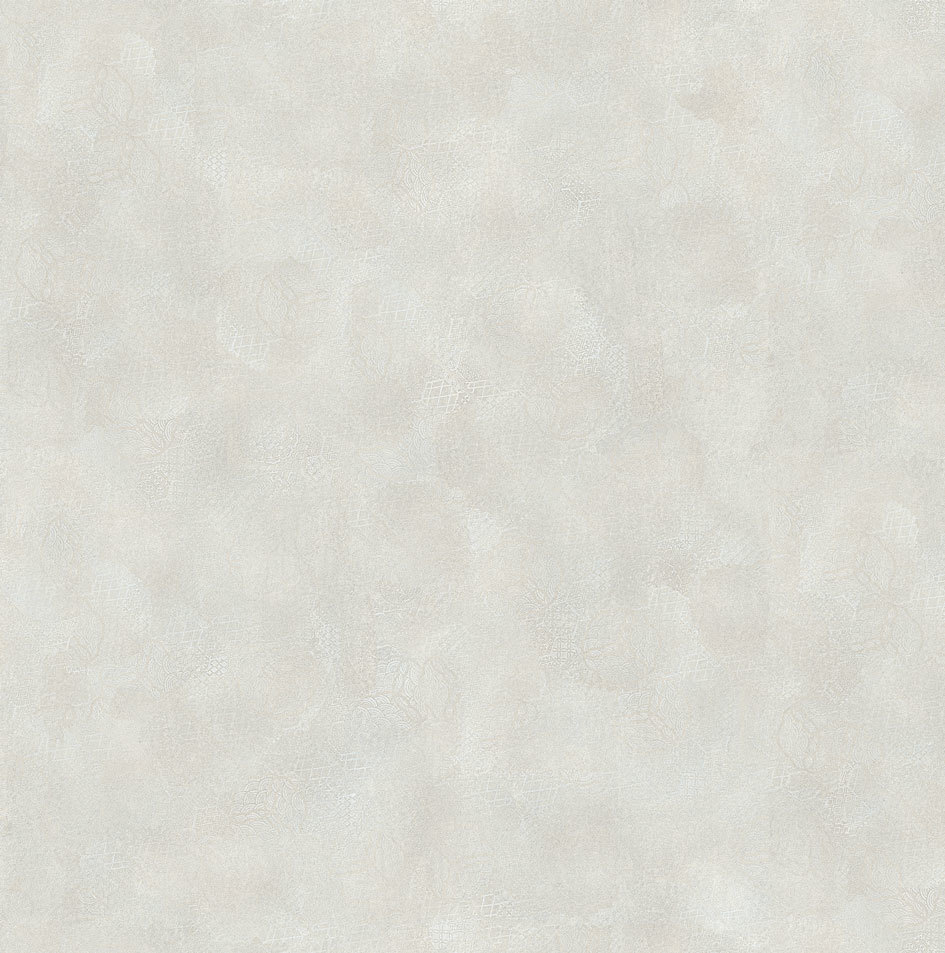Crafting Luxury: How Pearwood Veneer Elevates Furniture Design to New Heights
Aug 04,2025

Crafting Luxury: How Pearwood Veneer Elevates Furniture Design to New Heights
Table of Contents
- Introduction to Pearwood Veneer
- What is Pearwood Veneer?
- Benefits of Pearwood Veneer in Furniture
- Pearwood Veneer vs. Other Veneers
- Applications of Pearwood Veneer in Luxury Furniture
- Design Considerations When Using Pearwood Veneer
- Maintenance and Care for Pearwood Veneer Furniture
- Sustainable Sourcing of Pearwood Veneer
- Conclusion
- Frequently Asked Questions
Introduction to Pearwood Veneer
Pearwood veneer has emerged as a premier choice in the world of furniture design, renowned for its stunning aesthetics and exceptional characteristics. This article explores the numerous attributes of pearwood veneer, how it enhances furniture design, and why it is a sought-after material among artisans and designers. Whether it’s for creating bespoke pieces or enhancing existing furniture, understanding pearwood veneer is essential for anyone in the industry.
What is Pearwood Veneer?
Pearwood veneer is a thin layer of wood sliced from the trunk of the pear tree (Pyrus). This particular type of wood is celebrated for its fine grain, which can range from subtle to pronounced patterns, and its warm, rich hues that vary from cream to light brown. The veneer is typically less than 3mm thick and is adhered to a substrate, such as plywood or MDF, to create a stable and visually appealing surface.
One of the defining features of pearwood veneer is its versatility. It can be finished in numerous ways, from high gloss to satin, allowing designers to achieve the desired look for each project. Additionally, its natural resistance to warping makes it an ideal choice for crafting luxury furniture that stands the test of time.
Benefits of Pearwood Veneer in Furniture
1. Aesthetic Appeal
One of the most compelling benefits of pearwood veneer is its aesthetic appeal. The unique grain patterns and warm colors of pearwood create a sense of luxury that enhances any piece of furniture. This makes it a perfect choice for high-end applications, where visual impact is paramount.
2. Durability
Pearwood is known for its toughness and resistance to wear. When crafted into veneer, it retains these qualities, providing a durable surface that withstands daily use. This durability is especially beneficial for furniture that sees frequent handling, such as dining tables and desks.
3. Sustainability
As environmental consciousness grows, the demand for sustainable materials has risen. Pearwood veneer is often sourced from managed forests, making it a responsible choice for eco-conscious designers. By using pearwood veneer, you contribute to sustainable practices while still achieving a luxurious look.
4. Workability
The fine grain of pearwood makes it easy to work with, allowing artisans to create intricate designs and details. Its ability to take stain and finish well means that it can be customized to meet specific design requirements, enhancing its appeal to furniture makers.
Pearwood Veneer vs. Other Veneers
When comparing pearwood veneer with other types of veneers, several factors come into play, including appearance, cost, and application. Common alternatives like walnut, oak, and cherry each have their unique characteristics. However, pearwood veneer stands out due to its fine grain and unique color variations.
1. Aesthetic Variation
While walnut and oak offer rich tones and sturdiness, they might lack the subtle elegance found in pearwood. The unique visual characteristics of pearwood allow it to complement various design styles, from classic to contemporary.
2. Cost Considerations
Pearwood veneer tends to be more expensive than some other wood veneers. This price point can be attributed to its limited availability and the labor-intensive process of harvesting and preparing pearwood. However, the investment often pays off through the enhanced beauty and durability of the final product.
3. Versatility in Design
Many wood veneers have specific design niches, but pearwood’s versatility makes it suitable for a wide range of applications. Whether creating modern furniture or traditional cabinetry, pearwood veneer can elevate any project.
Applications of Pearwood Veneer in Luxury Furniture
Pearwood veneer shines in luxury furniture applications, where aesthetics and quality are non-negotiable. Its use spans across several types of furniture, including:
1. Dining Tables
The dining table is often the centerpiece of a home. Pearwood veneer enhances the visual appeal of dining tables, making them not just functional pieces but also works of art. The warm tones invite gatherings and foster a sense of community.
2. Cabinets and Storage Solutions
Cabinets made from pearwood veneer can transform any space into a luxurious haven. The natural grain can be showcased through strategic design choices, making storage solutions not only practical but also visually stunning.
3. Office Furniture
In professional settings, the use of pearwood veneer can make a powerful statement. Executive desks and conference tables crafted from this material exude sophistication and professionalism, enhancing the overall office environment.
4. Accent Pieces
Pearwood veneer is perfect for accent pieces like side tables, decorative screens, and wall panels. These elements can highlight the beauty of the material while providing functional use in design.
Design Considerations When Using Pearwood Veneer
When incorporating pearwood veneer into furniture design, several considerations should be kept in mind to maximize its potential:
1. Color Matching
Careful attention should be paid to color matching when using pearwood veneer. Its warm tones can complement a variety of colors, but the right pairing is crucial for achieving the desired aesthetic.
2. Grain Direction
Understanding the direction of the grain is vital for achieving the best visual effect. Proper alignment can enhance the overall appearance of the finished product, showcasing the unique qualities of the veneer.
3. Finishing Techniques
The choice of finishing technique can significantly impact the final look of pearwood veneer. Options range from natural finishes that highlight the wood's beauty to painted finishes for a modern twist. Testing different finishes on sample pieces can help finalize the perfect look.
Maintenance and Care for Pearwood Veneer Furniture
Maintaining the elegance of pearwood veneer requires a bit of knowledge and care:
1. Regular Cleaning
It is essential to clean pearwood veneer regularly with a soft, dry cloth to remove dust and prevent buildup. Avoid using harsh chemicals that could damage the finish.
2. Avoid Direct Sunlight
Positioning pearwood furniture away from direct sunlight can prevent fading and discoloration over time. Using curtains or UV-protective film on windows helps preserve the beauty of your pieces.
3. Humidity Control
Maintaining a consistent level of humidity in your home is important. Extreme changes in humidity can cause the veneer to warp or crack. Using a humidifier or dehumidifier can help manage moisture levels effectively.
Sustainable Sourcing of Pearwood Veneer
The increased focus on sustainability in recent years has led to a growing demand for responsibly sourced materials. Many manufacturers of pearwood veneer prioritize sustainable practices, ensuring that the wood is harvested from managed forests.
Choosing pearwood veneer from reputable suppliers not only provides high-quality material but also supports ecological responsibility. This commitment to sustainability resonates with consumers who value environmentally friendly practices.
Conclusion
Pearwood veneer is more than just a decorative material; it is a testament to craftsmanship and luxury in furniture design. Its unique characteristics, aesthetic properties, and sustainable sourcing make it a favored choice among designers and consumers alike. By understanding how to work with pearwood veneer, we can push the boundaries of furniture design, creating pieces that are not only functional but also works of art. Investing in pearwood veneer is an investment in quality, sustainability, and timeless elegance.
Frequently Asked Questions
1. What is the difference between solid wood and veneer?
Solid wood is made from a single piece of timber, while veneer is a thin layer of wood glued onto a substrate. Veneers can provide the look of solid wood at a lower cost and with more stability.
2. Is pearwood veneer durable?
Yes, pearwood veneer is known for its durability and resistance to warping, making it suitable for various furniture applications.
3. Can I refinish pearwood veneer furniture?
Refinishing is possible but should be done carefully to avoid damaging the veneer layer. Always consult with a professional for best results.
4. How do I care for pearwood veneer furniture?
Regular dusting with a soft cloth, avoiding harsh chemicals, and controlling humidity levels are key to maintaining pearwood veneer furniture.
5. Is pearwood environmentally friendly?
When sourced from managed forests, pearwood veneer is an eco-friendly choice, supporting sustainable forestry practices.
Previous page:








